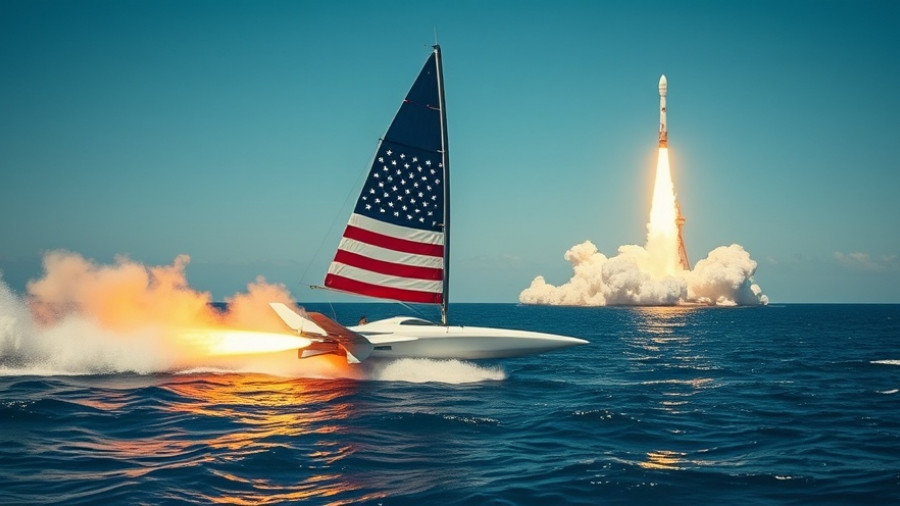
NOAA’s Commitment to Modern Navigation
The keel-laying ceremony for the Surveyor marks a monumental step in the National Oceanic and Atmospheric Administration's (NOAA) ongoing journey to enhance maritime safety and efficiency. Launched on August 14, 2025, this new vessel symbolizes NOAA's dedication to modernizing its fleet, ensuring that mariners can navigate safely through U.S. waters. The project’s significance extends beyond the traditional shipbuilding aspects; it embodies a vivid connection to our coastal communities and highlights the crucial role that reliable nautical charting plays in safeguarding lives and commerce.
Honoring Tradition While Moving Forward
The ceremony incorporated rich maritime traditions, chief among them the welding of initials onto a steel plate by the vessel’s sponsor, Tracey L. Brennan. This act serves as a poignant reminder of continuity in maritime endeavors and honors the legacy of individuals, such as her husband, Rear Admiral Rick Brennan, who dedicated their lives to this crucial work at NOAA.
As Rear Admiral Chad Cary emphasized, these state-of-the-art ships represent a pivotal moment in NOAA's efforts to revitalize its fleet, thereby ensuring that the agency can carry out its vital services for years to come.
Impact on Local Economies and Communities
Significantly, data gathered from vessels like Surveyor contribute to our nautical charts and ultimately bolster nearly $5.4 trillion in economic activity generated through U.S. ports annually. This investment not only enhances safety for commercial mariners but also supports the livelihoods of those depending on these waters for fishing, shipping, and tourism.
The Future of Ocean Mapping and Charting
Scheduled for completion in 2027, Surveyor will utilize advanced technologies to provide essential insights about our oceans, coasts, and waterways. As climate change and environmental challenges loom, effective mapping becomes increasingly critical. The vessel is set to operate alongside its counterpart, Navigator, which will be delivered in 2028, as both will play significant roles in survey missions and the collection of data crucial for understanding and managing our marine resources.
Conclusion: A New Chapter for NOAA and Our Waters
The keel-laying of the Surveyor signifies more than just the start of a ship's construction; it heralds a new era for NOAA's commitment to safe navigation and maritime stewardship. The fusion of history and innovation is embodied in this ceremony, celebrated in Houma, Louisiana. As NOAA embarks on this journey, communities can look forward to enhanced safety and support for their local economies reliant on safe navigation. Support continued investment in NOAA to ensure our waters remain as safe and navigable as possible!
 Add Row
Add Row  Add
Add 




Write A Comment